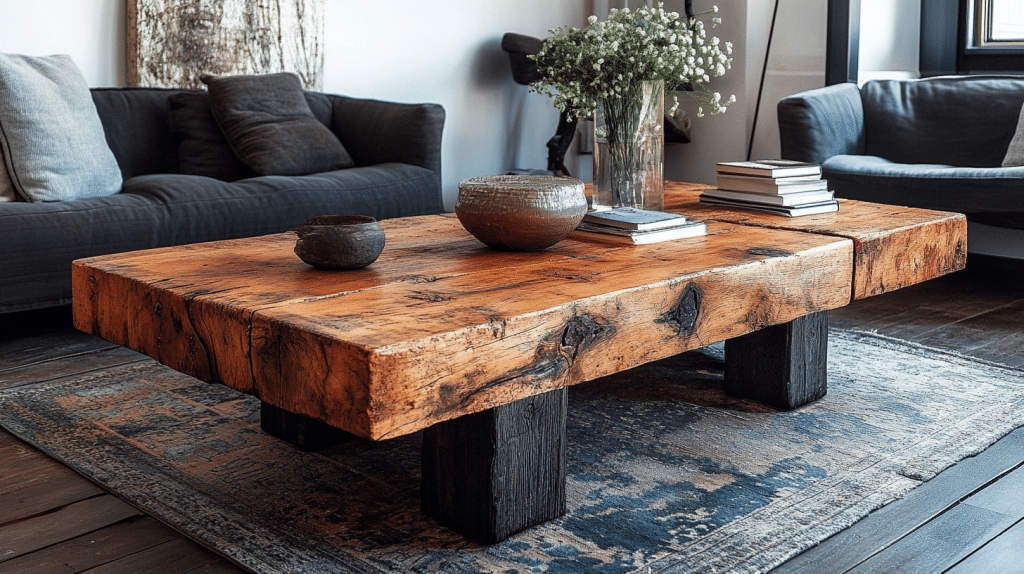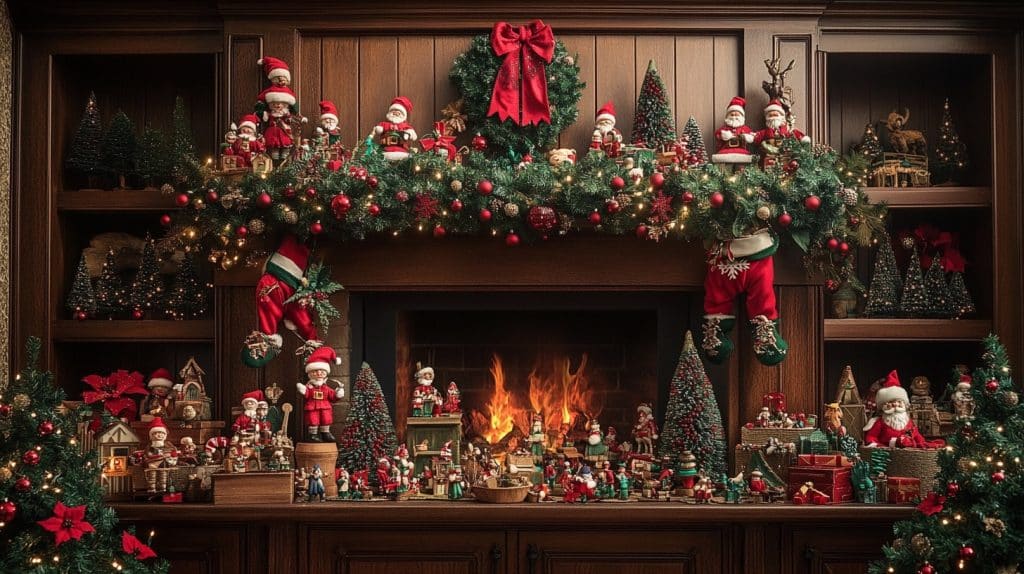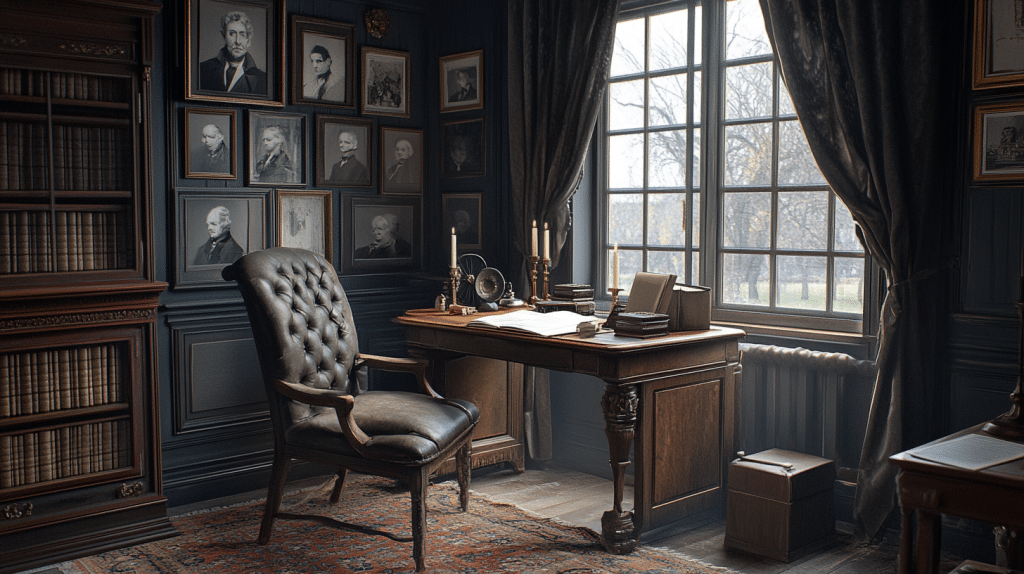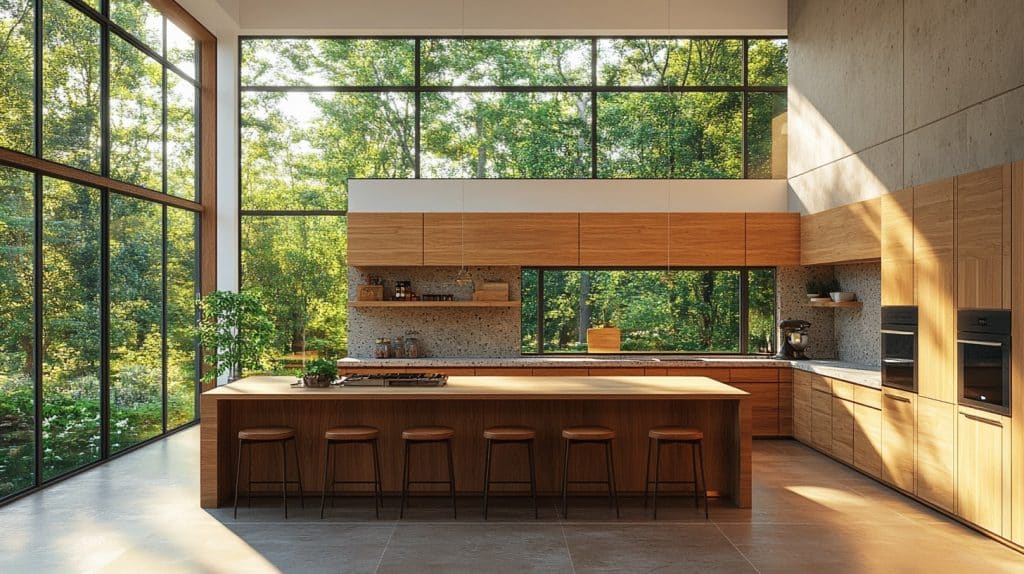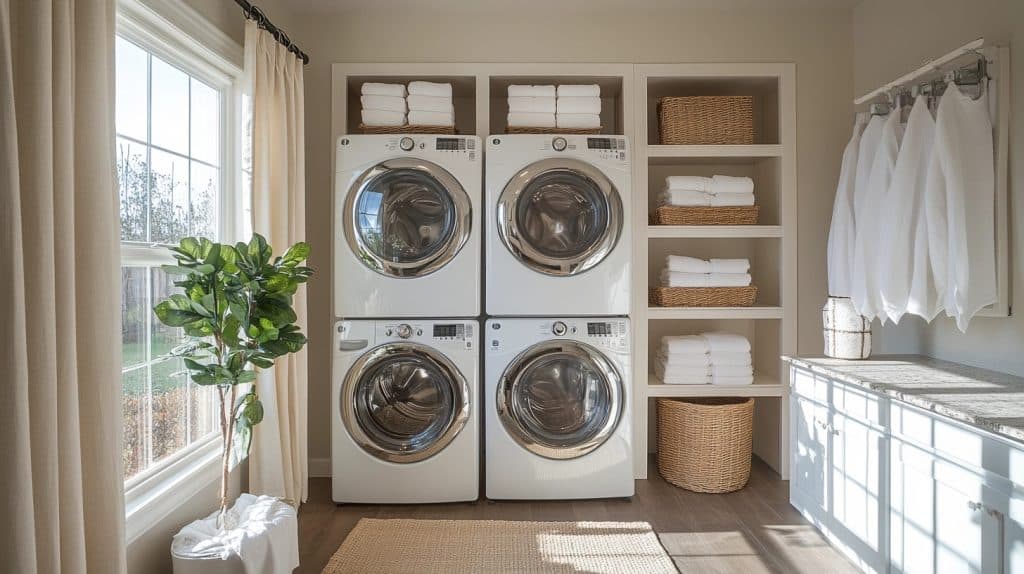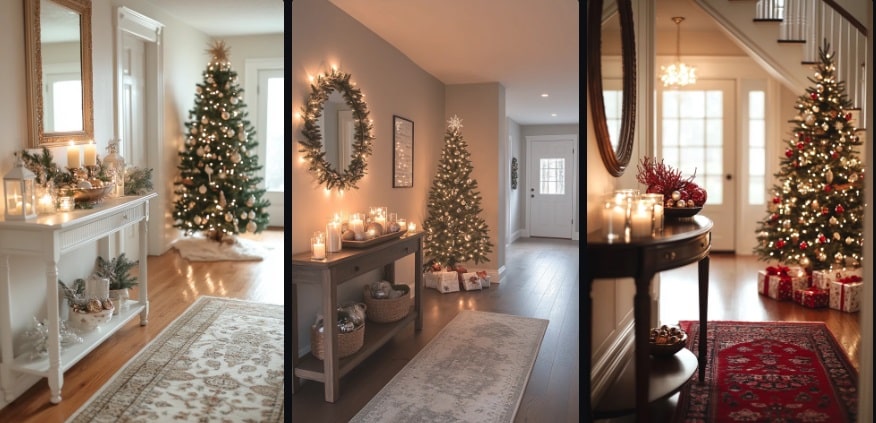Wabi Sabi Painting Ideas: Embracing Imperfection in Art
Hey there, fellow art lovers! Ready to break free from perfectionism and discover the raw, beautiful world of Wabi Sabi painting?

What is Wabi Sabi Art?
Wabi Sabi is more than just a painting style—it’s a philosophy of finding extraordinary beauty in the ordinary, imperfect, and fleeting moments of life.
Key Characteristics:
- Celebrates imperfection and incompleteness
- Embraces natural materials and textures
- Uses muted, earthy color palettes
- Highlights marks of time and aging
- Focuses on simplicity and authenticity
Techniques to Create Wabi Sabi Paintings
1. Textured Neutral Canvases
How to Create:
- Mix acrylic paint with sand or modeling paste
- Apply on rough canvas or paper
- Let layers dry unevenly to create natural cracks
- Embrace unintentional textures and imperfections
2. Abstract Minimalism
Approach:
- Use limited color palette (beige, gray, ochre)
- Create loose, sweeping brushstrokes
- Don’t correct “mistakes”
- Let drips and smudges tell their own story
3. Natural Elements Collage
Experimental Techniques:
- Press dried leaves into wet paint
- Use old newspapers for unexpected textures
- Allow natural elements to create unique imprints
- Let materials interact spontaneously
4. Kintsugi-Inspired Art
Artistic Method:
- Paint cracks with metallic colors
- Highlight imperfections
- Celebrate the beauty of repair
- Transform “flaws” into artistic statements
Color and Material Choices
Recommended Palette:
- Soft beige
- Muted green
- Weathered blue
- Subtle grays
- Terracotta tones
Surface Options:
- Rough cotton paper
- Linen
- Weathered wood
- Recycled cardboard
The Wabi Sabi Artistic Mindset
Key Principles:
- Focus on process, not perfection
- Embrace spontaneity
- Celebrate unexpected outcomes
- Work slowly and intuitively
- Let go of control
DIY Wabi Sabi Painting Steps
- Select a textured surface
- Prepare mixed-texture paint
- Apply colors loosely
- Incorporate natural elements
- Add imperfect lines
- Allow natural drying process
Pro Tip: Wabi Sabi is about the journey, not the destination. Every “mistake” is an opportunity for unique expression.
Where to Find Inspiration
- Pinterest boards
- Etsy art collections
- Minimalist art galleries
- Nature’s imperfect landscapes
Final Thoughts
Wabi Sabi painting isn’t just an art technique—it’s a profound way of seeing beauty. It teaches us to appreciate life’s imperfections, transience, and subtle changes.
So grab your materials, let go of perfectionism, and start creating art that tells a genuine, unfiltered story.










